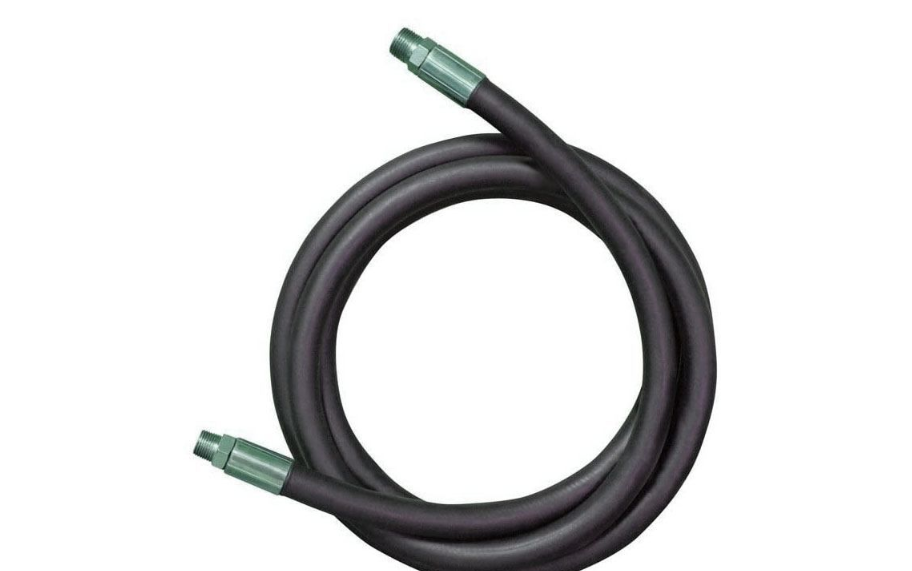A mechanic or an industrial equipment expert may recommend hydraulic hose replacement, especially when they detect leaks or cracks. However, you should know the correct process lest you expose yourself and your neighbors to a disaster.
6 Main Steps Experts Recommend for Efficient Hydraulic Hose Replacement
Below is a well-researched breakdown of the steps for replacing a hose pipe in a car or an industrial machine.
-
Find out the hose pipe that needs replacement.
The first step for efficient hydraulic hose replacement involves examining your equipment to single out the damaged one. Remember that each industrial machine has lifting, pushing, and pulling pieces of equipment.
-
Use a tool to cut the damaged section of the hose.
Secondly, the repairer will observe the hose to determine which section is leaking and cut it professionally. Next, you should wipe the remaining section to ensure it is dust-free and clean to remove possible contaminants.
-
Install the adapters to the hose.
Use the various adapters from your kit to tighten the couplings to prepare the remaining part of the hose. Kindly avoid over or under-torquing because it might damage your hydraulic system.
A technician should refer to the hose manufacturer’s package if they aren’t conversant with the recommended torque.
-
Confirm the size of the remaining hose.
The repairer should then measure the size of the cut hose and then use those measurements to prepare a new hose. You should not over-stretch the house because it might reduce the required pressure or trigger leaking.
-
Double-check the seal
Utilize a wrench to tighten the seal, but you must avoid over-tightening it lest it snaps.
-
Turn on the hydraulic system.
Lastly, switch on your hydraulic system to allow the hydraulic fluid to circulate throughout the system at low pressure. Please spare some time to spot any potential leaks using cardboard and mark them for further maintenance.
Experts advise against using your fingers to check the leaks because you might sustain an injury because of the pressure.
2 Benefits of Quick Hydraulic Hose Replacement
-
Minimal downtime
Maintaining your hydraulic system in time ensures that your industrial machine or vehicle is functional.
-
Safety
Hydraulic hose repairs and replacement ensure your equipment or motor vehicle meets the required safety requirements.
Conclusion
Hydraulic hose replacement is not as complex as some think, provided you have sufficient expertise. Therefore, you should replace a leaky hose as soon as you detect it to ensure your hydraulic system runs efficiently.

